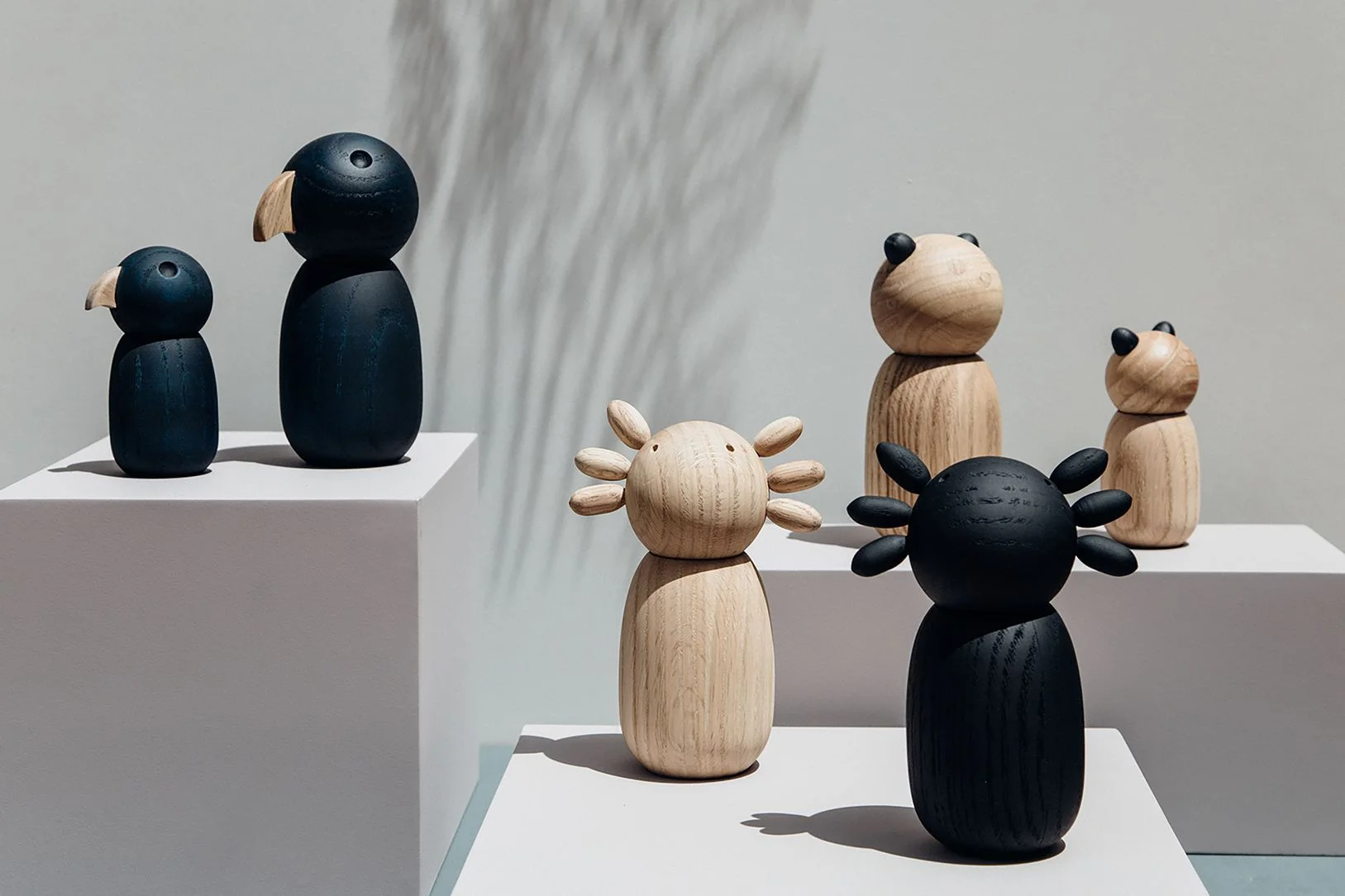Experiences that create communities
Photo courtesy of Selina.
ImasD is a design and strategy studio based in Medellin, Colombia, which is recognized for its work with brands that adapt to change. Today we continue with part 7 in our collaboration with this design studio, a contribution by Sandra Milena Mora, who currently leads the graphic team at imasD. Sandra is a fellow design lover with a degree in marketing and advertising, and soon package design. She knows that the foundation for good design is good research and that's why she decided to study coolhunting, design and global trends. grupoimasd.com
“Positive experiences can result in strong ties with brands, determining whether that brand becomes a part of the consumer’s life or a one-time disappointment.”
Evolution is a natural phenomenon, it implies continuous transformation— generally for the better; a search for improvement and adaptation. The concept of evolution also applies to the modern-day consumer, whose personality is in constant flux. Brands have (finally) begun to understand that consumers are more than a number or demographic; they represent a variety of lifestyles, ambitions, and interests.
In general, young consumers are looking for brands that can evolve along with them; they want to do the same activities in a completely innovative way, they want to champion their favorite causes, do what they are passionate about and work together to build a better world.
But it’s not enough to just think differently: many young people also take risks and act on their beliefs, challenging the status quo and inspiring others to do the same.
These younger generations search for experiences that really connect with who they are and their passions. They look for brands that are spontaneous and promote open-mindedness, and are anything but traditional.
Photo courtesy of Harley-Davidson.
Brands must begin to direct their attention to these micro-segments, creating organic communities that speak to these specific niches, and offering something that goes beyond a physical product. A great example of this is Harley-Davidson: aside from just selling motorcycles, the brand represents an adventurous lifestyle for a large, global network with similar ideals and passions.
Positive experiences can be a make-or-break experience for consumers, determining whether that brand becomes a part of the consumer's life or a one-time disappointment.
And it’s not just about creating a brand that appeals to a niche segment, the key is to create an authentic brand that transmits ideals and inspires others. The brand’s tone should be personal and intimate at each point of contact, creating a solid base from which to initiate interaction with its consumer.
Selina is a great example of this. After its founders traveled the world, they realized it was possible to transform the hospitality industry by creating a more intimate, dynamic service that promotes the spirit of outdoor living while providing beautiful spaces for connection between like-minded travelers.
They understood the behavior of today’s tourist and the modern traveler’s dynamic— one that is in search of enriching experiences that allow an escape from the day to day. As the Selina website proudly proclaims, “We are dedicated to creating a new way to travel that focuses on forming a community.”
And brands that create community and culture are those that manage to inspire others, transcend borders and stay relevant. At imasD, we like to cultivate a different way of doing things; we are a family first, and a community that enjoys challenges, likes to learn and connect through knowledge, take risks, leave fear behind, and of course, collaborate.












